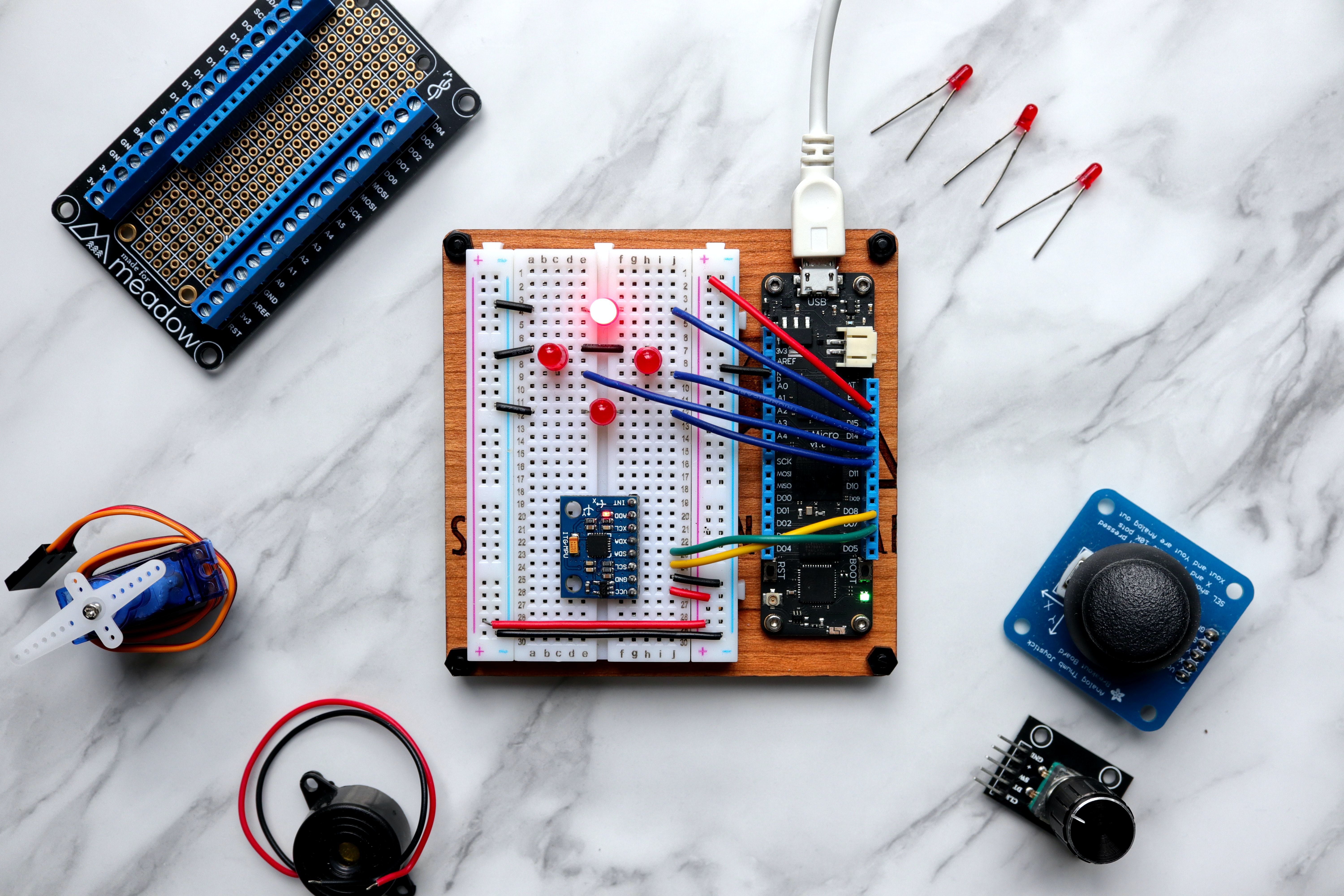What is IoT device management?
Internet of things (IoT) device management helps companies keep track of their various IoT devices, wherever they might be. A sensor-embedded business object—whether a factory machine, a smart thermostat, or an employee’s wearable device—is a computer in its own right. As part of an IoT project, these connected devices can communicate, execute tasks, and generate critical data. They will also require monitoring, updates, and repairs to perform as intended, both as individual assets and as part of the larger ecosystem. IoT device management software helps centralize real-time data about devices and engage with individual devices (or groups of devices) as needed for IoT applications to perform at the highest level.
Types of IoT device management
Depending on the type of devices, companies will choose different IoT device management solutions. IoT devices can be either cloud or edge devices.
- Edge IoT device management: Edge IoT devices collect or use data on location, without needing to send it to the cloud.
- Cloud IoT device management: Cloud IoT devices collect data from sensors and must process this data in the cloud.
Benefits of using IoT device management
When used correctly, IoT device management can lead to many benefits. Some of these benefits include:
- Monitoring and maintenance: An IoT device management platform helps consolidate the monitoring and maintenance tasks for a distributed fleet of intelligent objects, including live summaries of device data and statuses within their local networks and the architecture as a whole.
- Device provisioning: An IoT infrastructure can include hundreds or thousands of disparate objects, all spread out across one or more locations. With that being said, monitoring and caring for these assets can be an overwhelming challenge if performed on an individual, physical level. Certain platforms in this category serve as remote managers for distributed objects, giving users the ability to take control of devices in pivotal moments or allocate necessary patches and updates when the time calls for it.
- Connectivity: A core benefit of IoT technology is that, by enabling physical assets with intelligent connectivity, businesses can observe and engage with these assets in ways that were not previously possible. IoT device management software embodies this concept, with unified tools to help track, manage, and maintain devices once they are connected to the network.
Basic elements of IoT device management
The basic features of IoT device management can vary, but complete IoT device management will include the following elements:
- Device discovery: Once a platform identifies the available devices within a network, users can choose to establish a secure connection and bulk add devices into a central registry. This updated list of devices reflects the user’s connected fleet. As devices are discovered and synced with the platform, users can engage with and monitor them through the platform.
- Device monitoring: When configuring a device dashboard, users may elect to set up various alerts and notifications. Examples include proactive warnings about battery health or alert messages about abnormal behavior or conditions. If a device experiences a period of unexpected downtime or any performance issues, this information may be available through the device monitoring portal. If a solution offers advanced alerts or notifications, specified users may receive push notifications through SMS, email, or other channels during particular events. Using the various device monitoring tools offered by a device management platform, IT teams can ensure maximum uptime and performance of connected devices, while collecting valuable data about the IoT project.
- Remote device access: Outside of repairs and updates, administrators may benefit from basic remote access of connected devices. By taking control over device functionality, users can trigger events or perform actions without the need for physical intervention in the device environment. Examples can include the powering on of smart lighting systems and stoppages of factory equipment during unusual conditions. Different smart objects may allow for different remote-controlled actions; depending on a team's established IoT workflows, there may be more or less of a demand for occasional remote access and control.
IoT device management best practices
In order to make IoT device management work, companies should follow these best practices:
- Align with business needs: When implementing an IoT device management platform, business leaders should start from the beginning and decide their overall IoT strategy and the state of their IoT devices. From there, they can determine the best method of managing them.
- Put data first: To get the most out of the solution, use this software to observe real-time data related to connected devices, sensors, and their interactions and utilizations across the operation.
- Time is money: In many business situations, the quicker something is done, the more money one can make. Using IoT device management, businesses can receive timely notifications about device health and potential issues and act quickly.
IoT device management vs. IoT development
IoT device management is geared towards IT professionals, giving them access to and understanding of their IoT devices. IoT development tools, however, are purpose-built for developers and help them make IoT devices smarter and more efficient.
IoT device management discussions on G2

Matthew Miller
Matthew Miller is a research and data enthusiast with a knack for understanding and conveying market trends effectively. With experience in journalism, education, and AI, he has honed his skills in various industries. Currently a Senior Research Analyst at G2, Matthew focuses on AI, automation, and analytics, providing insights and conducting research for vendors in these fields. He has a strong background in linguistics, having worked as a Hebrew and Yiddish Translator and an Expert Hebrew Linguist, and has co-founded VAICE, a non-profit voice tech consultancy firm.








